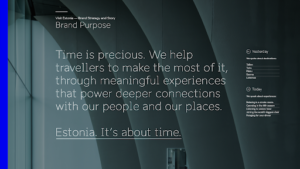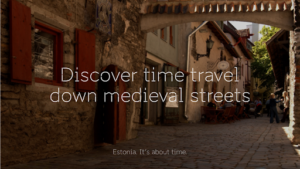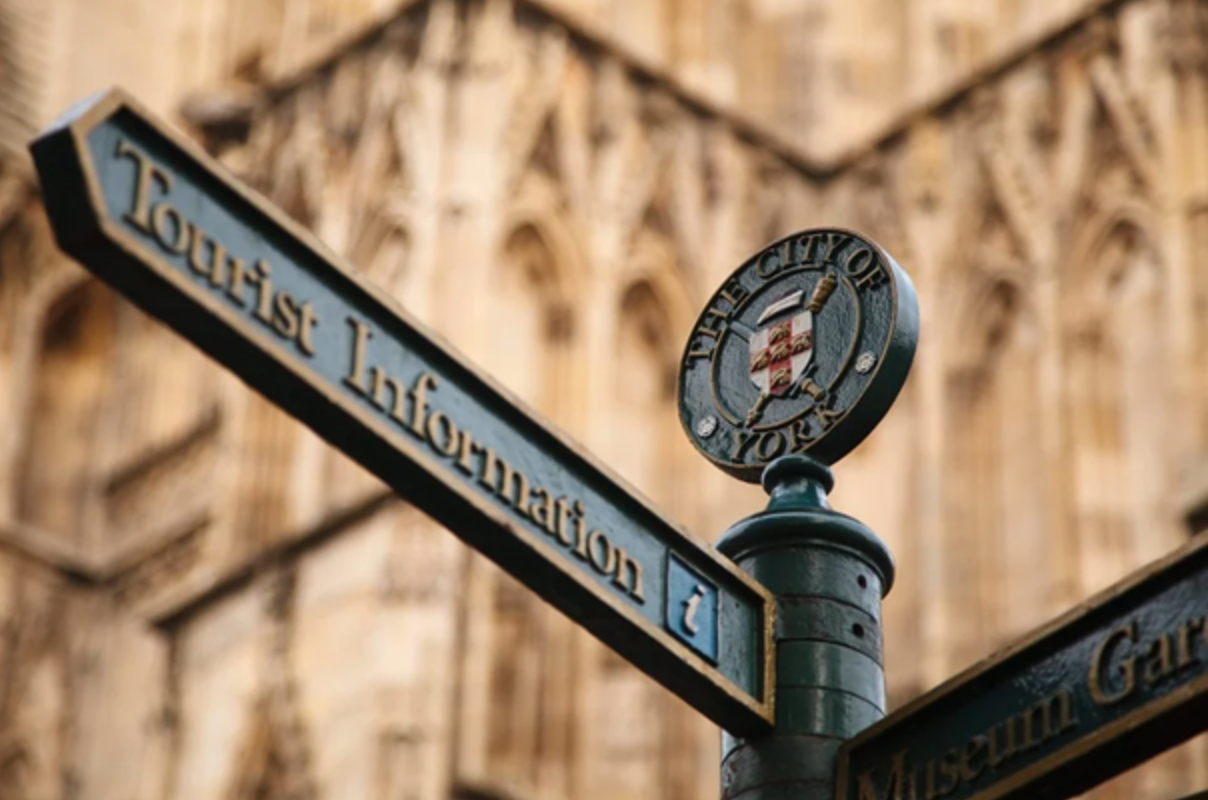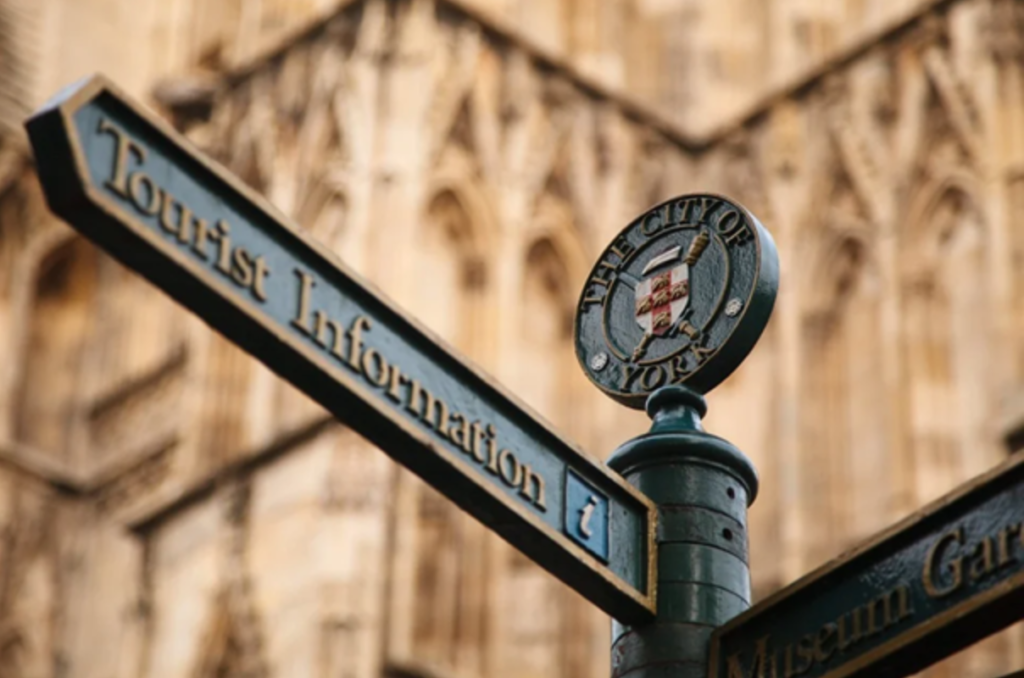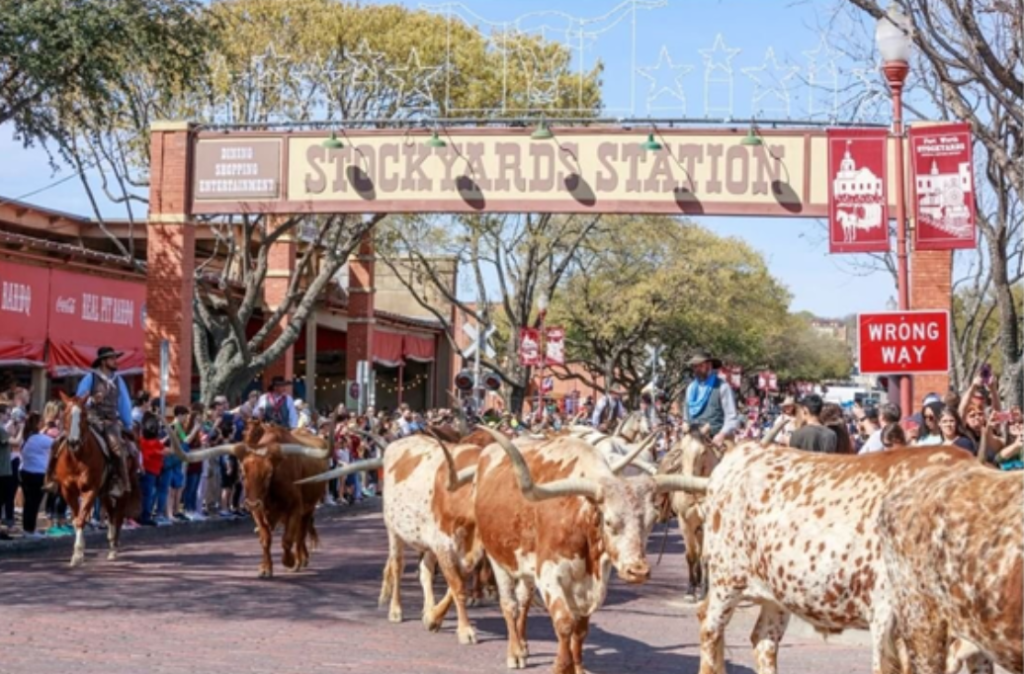Social media plays a massive role in traveler decision. Learn what makes a successful social media marketing campaign
Emerging approximately 15 years ago, social media platforms have dramatically changed communication and marketing – including the way we both plan and share our travel experiences. Instead of sending a postcard, travelers now share pictures and photos on Instagram, Twitter, Pinterest, TikTok, and Facebook. Instead of visiting a travel agency or browsing print travel catalogs, travelers now use social media to gather inspiration of stunning destinations. Influencers have grown in popularity as users that have a widespread digital following and capitalize on the opportunity that the platforms offer. They are now able to share their content and opinions to their audience, while often being compensated for their reach. The world of marketing has shifted, leaving a great opportunity for Destination Management Organizations (DMOs) to inspire travelers with inspiring content and a successful social media marketing campaign.
The potential of social media in tourism is enormous. A survey of American tourists revealed that 36.5% use social media for travel inspiration. The most popular platform is Facebook (80%), followed by Instagram (60%), Pinterest (43%), and Twitter (26%). Even more surprising numbers from Great Britain show that 55% of travelers aged 18-65 book trips only based on photographs they have seen on Instagram. Consequently, using social media marketing for promoting the destination is essential for DMOs to inspire potential visitors and to build up a long-lasting and engaged online community.
Social media platforms allow us to create and share our own content that attracts attention. They give us the possibility to connect with people and to get inspired by others. Facebook, Instagram, and other platforms are used in tourism for researching a destination, for connecting with staff to ask questions, and for sharing memories and pictures during and after the visit. DMOs need to build their channels and show presence on the different platforms by creating inspiring and engaging content and by providing customer service. However, no professional social media activity should be done without a strategy as the platforms can become quite overwhelming and confusing. A strategy is the foundation of successful social media marketing and next to regular content about the destination that should be posted constantly, specific campaigns can be used to boost social media activity.
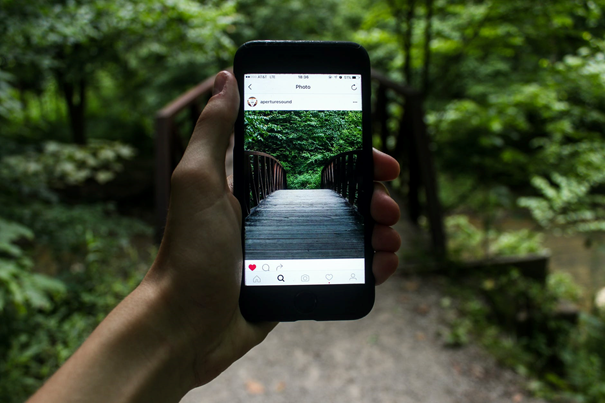
Building a Social Media Marketing Campaign
A Social Media Marketing Campaign must be coordinated to increase attention and influence the audience for a specific period of time. The following components should be the base of a successful campaign on social media:
- Strategic plan
- Goals
- Channels
- Partners
Without having a plan, your campaign will likely not be successful, as it is important to determine how the campaign should be set up, when you want to post and what you need for doing so. Moreover, it is essential to set up goals that should be reached with the campaign – do you want to increase the bookings, create more brand awareness or build a more loyal visitor community? Decide what you want to achieve and align the campaign accordingly. Using different social media platforms for the campaign is an efficient way to boost visibility and why not ask partners for help to increase the traffic to your page or to offer a price that can be won?
Great examples for successful social media campaigns in tourism can be found worldwide from New York with the engaging #NYlovesFall campaign that focused on fall foliage and encouraged users to post their own pictures of the changing leaves, to Switzerland Tourism, whose “Holidays without internet” campaign gained international attention as they offered a one-week holiday in a remote area, especially targeted at the high-internet-users and the winners chosen based on their spend time on Facebook. Those campaigns lead the destinations to create a lot of buzz on the platforms, a huge increase in followers and interest in the destinations- being talked about is what counts on social media and the destinations achieved that with their engaging campaigns.
The COVID-19 pandemic has forced destinations to rethink their marketing activities with many DMOs choosing to focus on inspiring tourists to visit once the situation is more stable and safe. An example of a social media campaign focused on keeping dreaming about the destination was created by Visit Maldives with stunning pictures and a very important message that was supported by the hashtag #visitmaldiveslater.
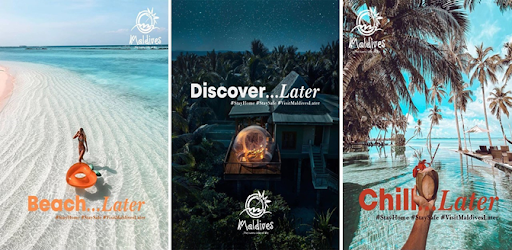
At Solimar, we are aware of the importance of social media marketing in tourism, which is why we dedicated a whole session of our DMO development course to the topic. We also work strategically to develop social media marketing plans and campaigns for destinations worldwide and are happy to have worked with, among others, the country of Namibia to foster its online presence by launching successful and inspiring marketing campaigns that led to a more engaged community and increased interest in the destination from the North American market.
Social media has become an indispensable part of modern life and DMOs need to use the potential that the platforms offer to build up a loyal community by providing engaging and high-quality content. Specific campaigns are beneficial to boost the community and engagement and reach certain goals over a certain period of time. However, they need to be created strategically and thoughtfully, to not get lost in the vastness of the platforms. Creating engagement and interaction with followers can be challenging in the overload of information existing nowadays. However, it can lead to an increase in loyalty to the destination, thus making a potential visit or revisit more likely. Reaching that is the ultimate goal that DMOs strive for through their presence and content on the buzzing social media platforms.

If you need help with planning a travel related social media marketing campaign, contact us to find out more about how Solimar’s marketing team can help!
Source: https://coralglass.media/news/visit-maldives-later-campaign-by-mmprc




